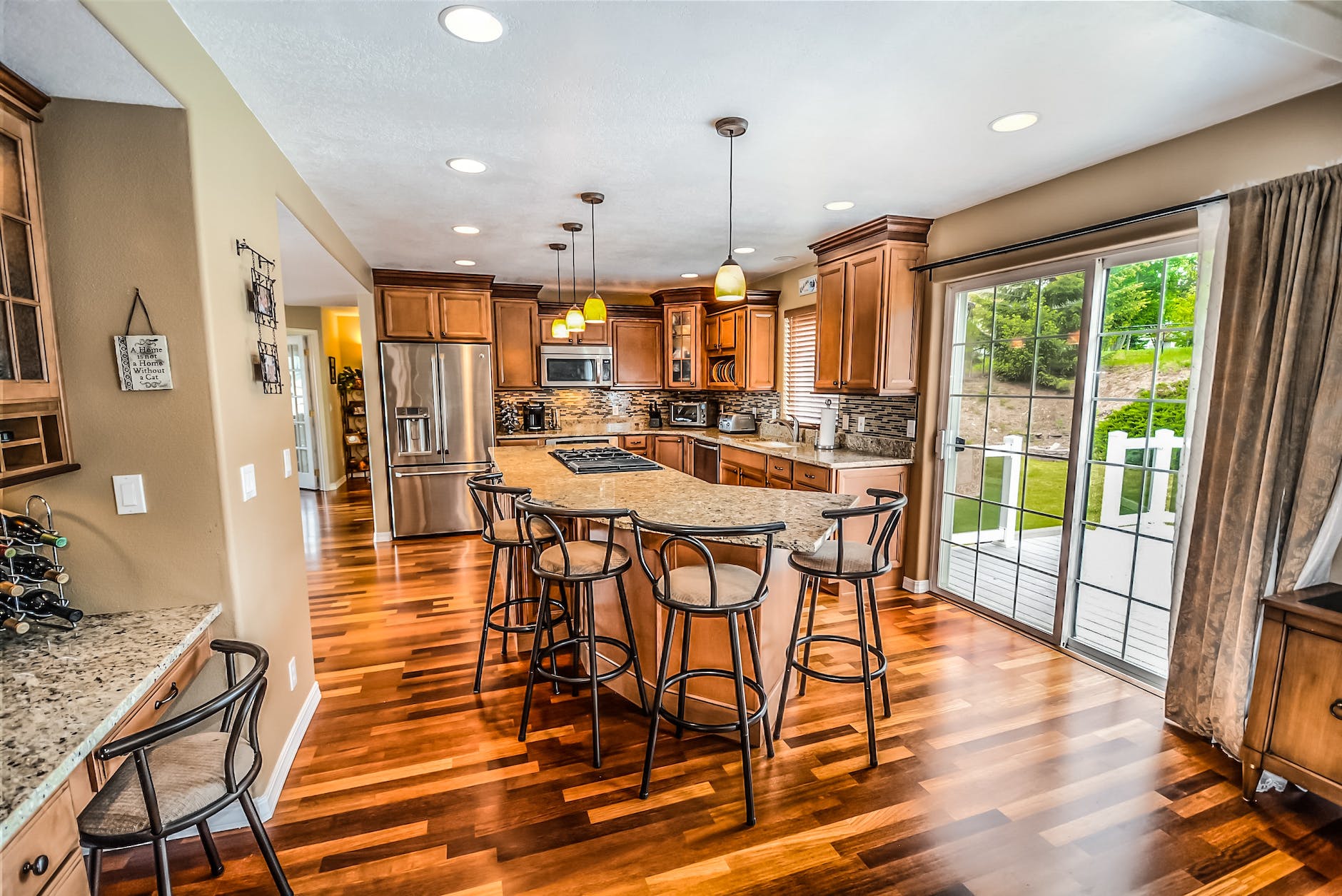The Ultimate Guide to Choosing the Perfect Flooring for Your Home
Selecting the ideal flooring for your home can significantly enhance its aesthetic appeal and functionality. With a wide range of flooring options available, it’s essential to consider various factors to make an informed decision. Replacing your floor with something more durable and meant to suit your decor is an excellent way to improve your home in multiple ways. This comprehensive guide will provide you with valuable insights and tips to help you choose the perfect flooring for your home.
Assess Your Lifestyle and Needs
Consider your lifestyle and the specific requirements of each room. Do you have children or pets? Is the room high-traffic or prone to spills? Are you looking for availability of a product in a certain place. When it comes to flooring Oliver BC, choosing the perfect option for your home involves considering factors such as lifestyle, budget, and the specific needs of each room.
Understanding these factors will help you determine the durability, maintenance, and suitability of different flooring materials. Knowledge is power, and in this case, it will greatly speed up the time it takes for you to pick the perfect flooring.
Evaluate Different Flooring Materials
a) Hardwood: Classic and timeless, hardwood flooring offers natural beauty, durability, and easy maintenance. It’s available in various species, each with its unique characteristics. However, hardwood may not be suitable for moisture-prone areas like bathrooms. There are, however, good reasons for why it’s so popular.
b) Laminate: Affordable and versatile, laminate flooring replicates the look of hardwood, stone, or tile at a lower cost. It’s durable, easy to clean, and resistant to stains and scratches. Laminate is an excellent choice for high-traffic areas. The modern brother of hardwood and very popular.
c) Vinyl: Vinyl flooring comes in various styles, including luxury vinyl tile (LVT) and luxury vinyl plank (LVP). It’s durable, water-resistant, and available in a wide range of designs. Vinyl is ideal for areas with moisture or heavy foot traffic. The benefit of it is just how many options you have with it.
d) Tile: Ceramic or porcelain tiles are popular choices for bathrooms, kitchens, and entryways. They are water-resistant, durable, and come in numerous styles, patterns, and colors. However, tile can be cold underfoot, so consider underfloor heating options if needed. Tile is incredible, but generally is only suited for specific rooms or certain decors, and you can’t really place it just anywhere.
e) Carpet: Carpet provides warmth, comfort, and noise reduction. It’s available in different fibers, pile heights, and colors. Carpet is suitable for bedrooms, living rooms, and areas where a cozy ambiance is desired. If you want the room to feel nice and warm then it’s the best option.
Consider Maintenance and Cleaning
Different flooring materials require varying levels of maintenance. Hardwood may require periodic refinishing, while laminate and vinyl only need regular cleaning. Carpet may need professional cleaning to maintain its appearance. Evaluate the time and effort you’re willing to invest in maintenance. Definitely make sure that you understand what level of care the material you’ve chosen requires.
Budget
Determine your budget for flooring installation and factor in the cost of materials, installation, and any additional preparations needed, such as subfloor repairs or moisture barriers. Keep in mind that certain materials, such as hardwood, may have a higher upfront cost but can increase the value of your home. A good way to make your choice easier is to set a budget and immediately eliminate any options outside of it.
Seek Professional Advice
Consulting with flooring experts or interior designers can provide valuable insights tailored to your specific needs. They can guide you in selecting the most suitable flooring options for each room and offer installation recommendations.
Visualize and Gather Samples
Before making a final decision, gather samples of your preferred flooring materials and visualize them in your home’s lighting conditions. Consider how they complement your existing décor, furniture, and wall colors. Take note of how the flooring looks during different times of the day. There is a lot more that goes into picking good flooring than you may anticipate initially, but we believe it’s well worth it in the end.
Consider Eco-Friendly Options
If sustainability is a priority, explore eco-friendly flooring choices such as bamboo, cork, or reclaimed wood. These materials are renewable and contribute to a greener home environment. If you’re already interested in making your home more eco-friendly, then this is a good way to further increase that, and in general a nice bonus to replacing your floor.
Conclusion
Choosing the perfect flooring for your home involves careful consideration of your lifestyle, needs, budget, and aesthetic preferences. By assessing different flooring materials, evaluating maintenance requirements, seeking professional advice, and visualizing samples in your space, you can make an informed decision that enhances the beauty, functionality, and value of your home.





